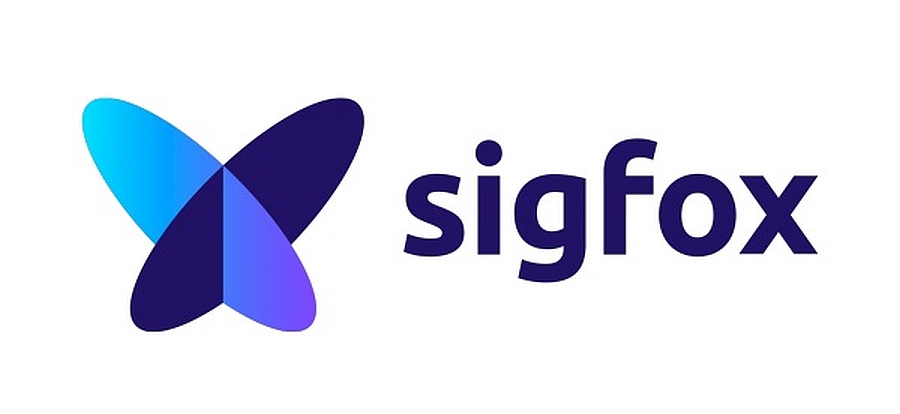- Created in 2009 in Labège, near Toulouse, France, Sigfox is an IoT connectivity service provider.
- Its technology uses the ISM frequency bands, available worldwide without a licence: 868MHz in Europe and 902MHz in the United States.
- Its technology is based on an LPWA (Low Power Wide Area for low power consumption and long range) wireless communication infrastructure.
IoT applications
IoT (Internet of Things) applications connect objects to a wireless communication network and Cloud applications that will collect, store, consolidate, analyze and process information provided by sensors embedded on these objects.
Countless activities are concerned: monitoring of fixed and mobile machines or devices, automatic meter reading and remote diagnostics, emergency connectivity of alarm systems, management of equipment such as boilers to ensure the energy performance of buildings and industrial processes, monitoring of vehicles or goods throughout the logistics chain, etc.
Method of communication
To communicate on the Sigfox network, the connected object must carry an appropriate radio communication module. Like all IoT technologies, this module promises low power consumption for wireless transmission of small data packets, extensive coverage, and low integration and operating costs. The objective is to give battery-powered objects an autonomy of communication for several years or even decades.
The Sigfox network, offering a maximum bit rate of 100 bit/s is bidirectional. Objects connected to this network can send and receive messages. When using ISM tape, Sigfox allows only small messages: 12 bytes per descending message (excluding headers and signal metadata, etc.) transmitted per subject every 10 minutes maximum (i.e. 140 messages per day) as well as up to 4 messages per day of 12 useful bytes.
Communication network
Sigfox’s success depends to a large extent on the size and density of their network. Gateways and base stations must be deployed to build this network. These wireless communication interfaces can be installed on telecom operators’ towers. Information from connected objects can also travel longer distances over traditional telecom networks.
To speed up the installation of the telecom infrastructure that supports its network, Sigfox establishes partnerships with operators who deploy its antennas. The company announces that its network now covers 36 countries (17 with national coverage and 19 under deployment) and targets 60 countries in 2018.
Geolocation
Sigfox has developed the Spot’it solution for geolocating connected objects based on the triangulation principle. The system identifies the object’s position by correlating the signal strength measurement received by three antennas and relying on the information collected in the Sigfox Cloud. According to Sigfox, this geolocation capability does not impact the energy consumption of objects since they do not emit any additional messages. Nor does it require any hardware or software additions to the infrastructure. This solution thus provides the position of a fixed or mobile object in order to locate it in near real time on Sigfox’s worldwide network.
Certification
In order for objects to communicate wirelessly, base stations are deployed on a territory. But it is also essential that the onboard object communication unit is properly implemented. The French company therefore requires all equipment operating on its network to be certified in order to ensure that it meets its requirements. This involves verifying that Sigfox connectivity is integrated into the partner devices with an adequate level of performance and to maintain a required quality of service on the Sigfox network by ensuring that each device complies with Sigfox radio specifications (both in conducted and radiated emissions).







